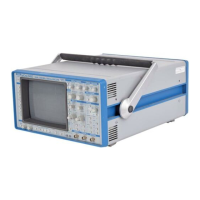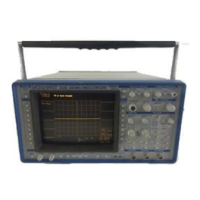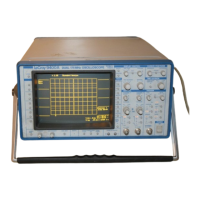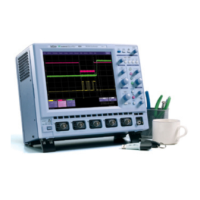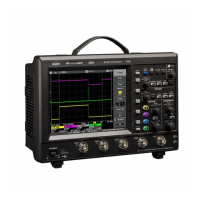C–18
Appendix C
ENBW Equivalent Noise BandWidth (ENBW) is the bandwidth of a
rectangular filter (same gain at the center frequency), equivalent
to a filter associated with each frequency bin, which would
collect the same power from a white noise signal. In the table on
the previous page, the ENBW is listed for each window function
implemented and is given in bins.
Filters Computing an N-point FFT is equivalent to passing the time-
domain input signal through N/2 filters and plotting their outputs
against the frequency. The spacing of filters is ∆f = 1/T while the
bandwidth depends on the window function used (see Frequency
bins).
Frequency bins The FFT algorithm takes a discrete source waveform, defined
over N points, and computes N complex Fourier coefficients,
which are interpreted as harmonic components of the input
signal.
For a real source waveform (imaginary part equals 0), there are
only N/2 independent harmonic components.
An FFT corresponds to analyzing the input signal with a bank of
N/2 filters, all having the same shape and width, and centered at
N/2 discrete frequencies. Each filter collects the signal energy
that falls into the immediate neighborhood of its center
frequency, and thus it can be said that there are N/2 “frequency
bins”.
The distance in hertz between the center frequencies of two
neighboring bins is always:
∆f = 1/T,
where T is the duration of the time-domain record in seconds.
The width of the main lobe of the filter centered at each bin
depends on the window function used. The rectangular window
has a nominal width at 1.0 bin. Other windows have wider main
lobes (see table).
Frequency Range The range of frequencies computed and displayed is 0 Hz
(displayed at the left-hand edge of the screen) to the Nyquist
frequency (at the rightmost edge of the trace).
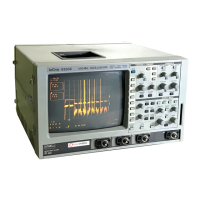
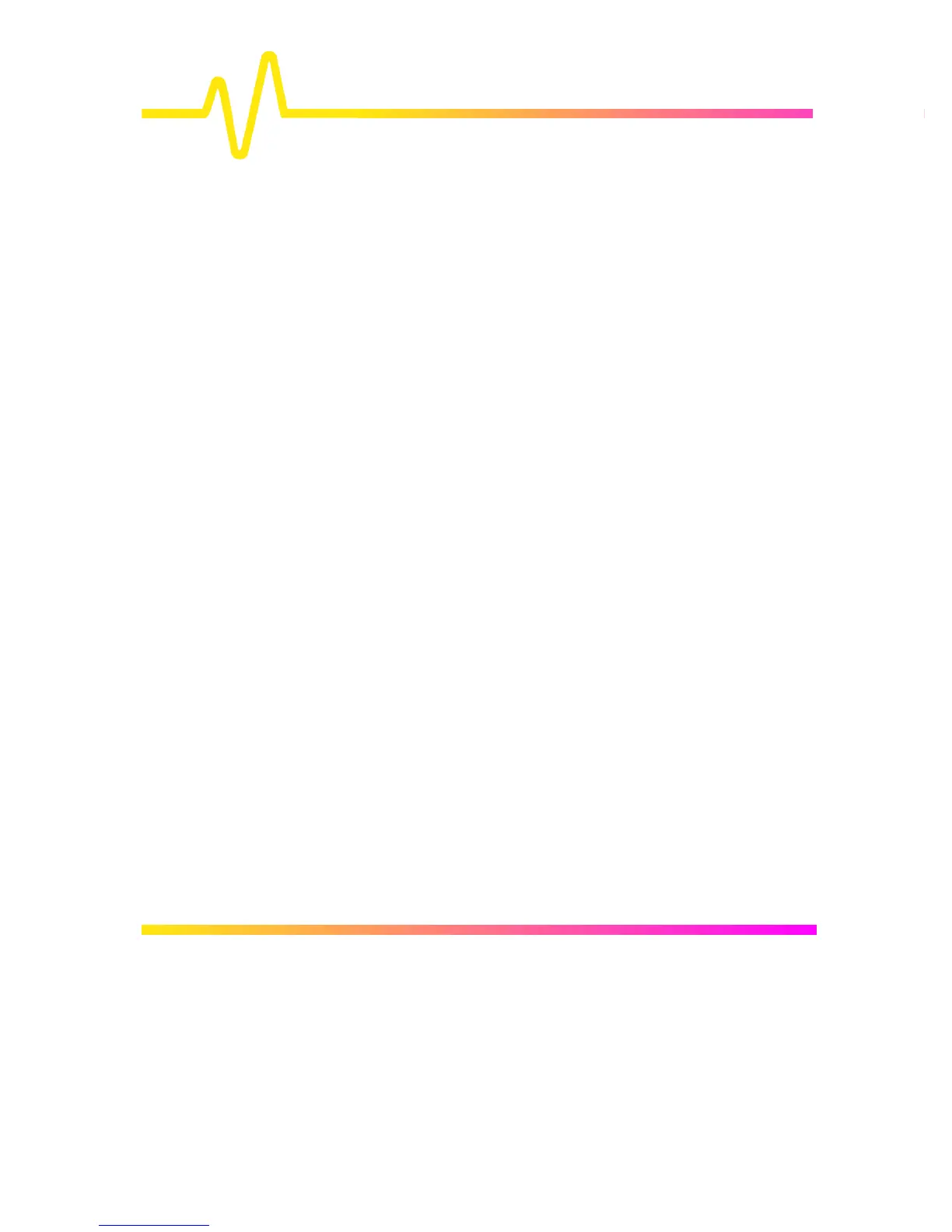